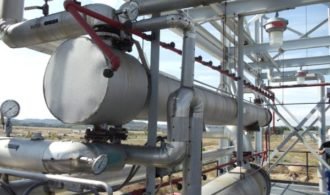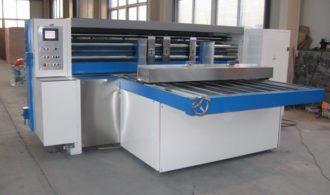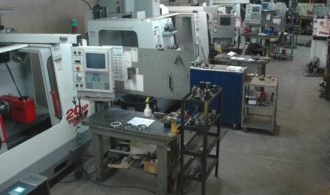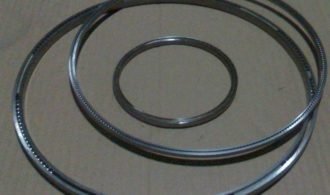Shell and tube heat exchangers (STHE) are the most common transfer equipment used during cooling or heating of gases and fluids. They are mostly found in applications where large cool or hot volumes are required; however, tube and heat exchangers are also a common feature in smaller volume applications.
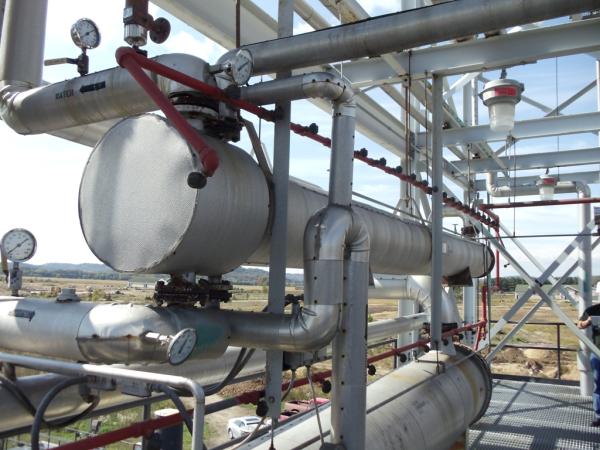
How do Shell and Tube Heat Transfer Equipment Work?
The basic principle behind the workings of the heat exchanger is that heat from a gas or fluid passes through a second gas or fluid. The two never mix or come in direct contact with each other.
A shell and tube heat transfer unit has a shell, or large pressure vessel, with tubes bundled inside it. As one fluid flows through the tube bundle, another fluid inside the shell runs over the tubes allowing transfer of heat between both fluids without letting them mix.
What are the Construction Materials Used?
STHE units are constructed using a huge variety of materials. To achieve good heat transfer, it is critical that the tube’s material have excellent thermal conductivity qualities. Some of the most common metals used for the tube bundle include stainless steel, copper alloy, carbon steel, and non-ferrous copper alloy.
Heat exchangers are also manufactured to standards set by TEMA (the Tubular Exchangers Manufacturers Association). The TEMA guidelines define practices employed, tolerances, and construction methods in the tubular exchangers industry. This way, customers are able to get units from more than one manufacturer and still be confident that they are of similar construction and design.
Shell and Tube Heat Exchanger Types Available
There are two distinctive STHE types, partly based on the shell’s diameter. The 2″–12″ shell diameter heat exchangers have shell constructions of low cost welded steel. They are mostly used in industrial machinery in water-to-water and oil cooling applications. The 10″ to over 100″ variety are commonly subjected to TEMA standards
Applications of STHE Equipment
Heat exchangers are a frequent feature in applications like:
- Processing Gas or Liquid Cooling
- Steam, Refrigerant Vapor, or Process Condensing
- Heat Elimination and Pre-Heating Feed Water
- Engine, Turbine, and Compressor Cooling, Jacket Water and Oil
- Process Refrigerant, Steam, or Liquid Evaporation
- Heat Recovery and Thermal Energy Saving
- Lube and Hydraulic Oil Cooling
What are the Advantages of Using STHE?
These heat exchangers come with several advantages, not the least of which is that they are less expensive compared to plate type heat exchangers. The pressure drop across the tubing is minimal, and they can be used in applications and systems that require higher operating pressures and temperatures. Pressure tests are easy to carry out with these units, making location and plugging of tube leaks easier. Additionally, they offer relatively low-cost, serviceable designs.
Since 1969, Mahan’s Thermal products, Inc has been providing the industrial market different types and designs of shell and tube heat exchangers. The company is also a major provider of STHE parts, components, and services. As part of their services, they also clean, repair, and build all types and brands of STHE equipment.
About Mahan’s Thermal Products
Mahan’s Thermal Products are known as the #1 source for heat exchangers. Having been in business since 1969, serving the industrial market with the design and sale of heat transfer equipment, Mahan’s continues to address all your heat transfer needs During that time Mahan’s has grown into a complete provider of heat transfer components, systems, parts and services. Mahan’s also has the capability to clean, repair or build all brands and types of heat transfer products. Mahan’s has developed many long-term relationships with our clients, earned by a commitment to provide the best product at a competitive price, backed by almost 45 years of service. Go online to mahans.com to learn more.

